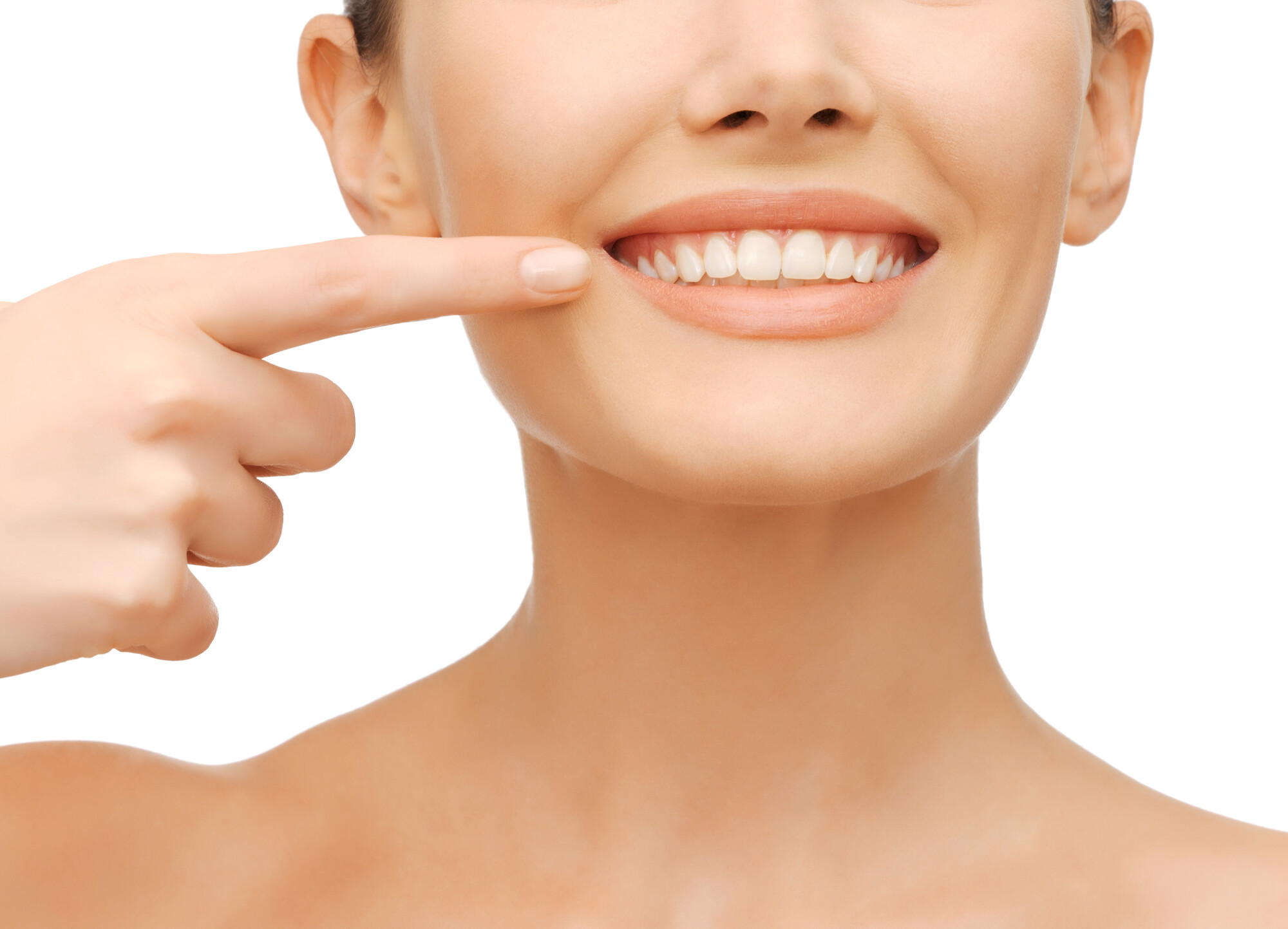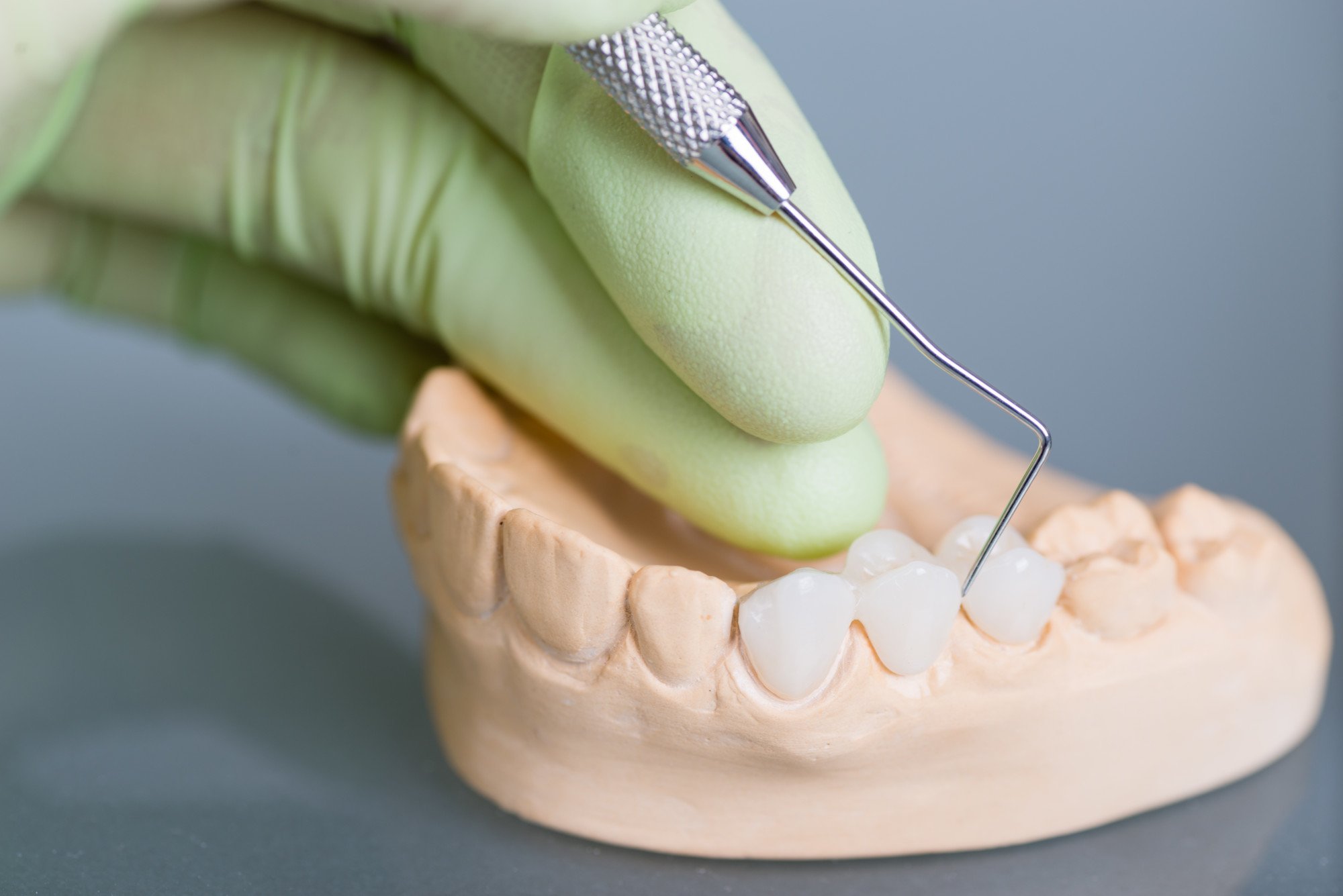
Many people suffer from crooked teeth, unfortunately. Even though it’s not the worst thing to have, it can certainly affect your confidence and make you feel like you don’t have a perfect smile. So, what causes crooked bottom teeth, and what can you do to fix it?
Luckily, we’re here to help. This is your one-stop shop for finding out all the information you need to know about having crooked teeth, the causes, treatment options, advice, and ways of helping relieve symptoms.
Ready to learn more about it.
What Causes Crooked Bottom Teeth
Crooked bottom teeth are one of the most common orthodontic issues encountered by people of all ages. In most cases, the cause of it is crowding.
When the lower jaw is too small to accommodate all of the teeth, it may become crowded and skewed, resulting in a crooked bottom row of teeth. There are also other factors which can contribute to this, such as:
Thumb or Finger Sucking
Finger and thumb sucking are one of the primary causes of crooked bottom teeth. Constant and persistent digit manipulation can become an automatic habit. It leads to disturbances in jaw development.
This can result in an improper bite that causes it. This kind of craniofacial pressure on the teeth can cause malocclusion, which affects the bottom teeth the most.
If the habit continues it can cause deeper and more persistent disturbances. Finger and thumb sucking is not the only cause of crooked bottom teeth, but it can be one of the most influential factors.
Therefore, it is important to break the finger and thumb-sucking habit as early on as possible to limit the likelihood of misaligned teeth.
Tongue Thrusting
Tongue thrusting can be identified by a tongue that protrudes forward when the patient speaks or swallows. This abnormal swallowing pattern can be caused by either incorrect feeding practices in infancy or incorrect habituation of the tongue when learning to speak.
In either case, the tongue pushes forward against the front teeth, resulting in the lower teeth becoming crooked. Furthermore, over time, the crooked teeth are then pushed even further back into the mouth as the tongue continues to thrust against them.
Genetics
The dentition may develop crookedly due to crowding from teeth that are too large or too many teeth that do not fit in the dental arch. This can be inherited or caused by premature loss of baby teeth. Other genetic factors that cause crooked bottom teeth include:
- Jaw size
- Projected jaw angles
- Missing teeth
- Down and Ehlers- Danlos syndromes
In addition, structural abnormalities in the face can affect the shape of the lower arch and also cause crooked teeth. All of these factors are genetic, meaning they come from ancestors and are passed down through generations.
Non-Invasive Treatment Options
Non-invasive treatments realign crooked teeth and provide a comfortable fit while being discreet to the eye. Treatment options include clear aligners like the following:
Ceramic Braces
Ceramic braces use ceramic brackets instead of metal brackets and are also less painful and less visible than metal braces. The use of these braces causes minimal discomfort and is particularly advantageous for those with metal allergies.
Additionally, these are also less expensive than their metal counterparts. One of the major advantages of ceramic braces is that they blend in with the natural color of the teeth, making them almost invisible.
They also reduce the chance of gum inflammation, as there is no irritation caused by the metal brackets. The bottom line is that ceramic braces are an effective, less painful, and less intrusive alternative for people requiring orthodontic treatment.
Invisalign Clear Aligners
These invisible plastic trays are designed to apply gentle force and gradually move teeth to the desired position. The trays are custom-fitted to the patient’s mouth and must be worn for 20 to 22 hours a day for the duration of the treatment.
It can be removed for eating and brushing, making it easier to maintain oral hygiene. In addition, the trays are usually made of thin, comfortable plastic with no metal wires, brackets, or bands.
Since Invisalign aligners do not require regular weekly visits to the dentist, treatment time is usually shorter than that using traditional braces. This is particularly useful for busy patients who may be unable to make regular dental appointments.
To be more knowledgeable about the procedure, it is suggested to read more about Invisalign treatment, including the potential benefits and risks associated with it.
It is also important to speak with a board-certified orthodontist to determine if Invisalign is the right treatment for you before committing to the process.
Removable Appliances
Removable appliances like expanders and retainers work by widening the jawbone. Also, it allows overcrowded teeth to Move into the right position.
Expanders are generally designed to permanently widen the jawbone. Retainers help to keep them in the appropriate position after the treatment has been completed.
Both are typically used together to aid in achieving ideal bite alignment. It can help with certain issues that may arise, such as misalignment of teeth, airway problems, and difficulty chewing.
All of these treatments have been effectively designed with convenience, affordability, and comfort in mind. On top of this, they provide good results.
So, if you have any dental issues, these treatments are definitely something to consider. It is vital for a more confident and beautiful smile.
Dental Solutions
Dental solutions for crooked bottom teeth rely on the severity of the misalignment. Composite bonding might be used to cover the crooked teeth in order to make them appear straight. This option is a less-invasive approach and requires less time for results.
In extreme misalignment cases, surgery such as jaw repositioning may be necessary. This involves cutting the bone and resetting the jaw to fit in with the rest of the mouth. In all cases, an orthodontist or dentist should be consulted in order to determine the best course of action.
Follow These Guide If You Have Crooked Bottom Teeth
Crooked bottom teeth can be a serious issue, but fortunately, there are solutions. With the right approach and the right treatments, the straighter and healthier your bottom teeth will be.
Considering the many treatments available, it is important to follow the guides mentioned in this article for the best results. If you hope to improve the appearance of your bottom teeth, visit your dentist and find out the best treatment to fit your needs.
Did you find this article helpful? Check out the rest of our blogs!





